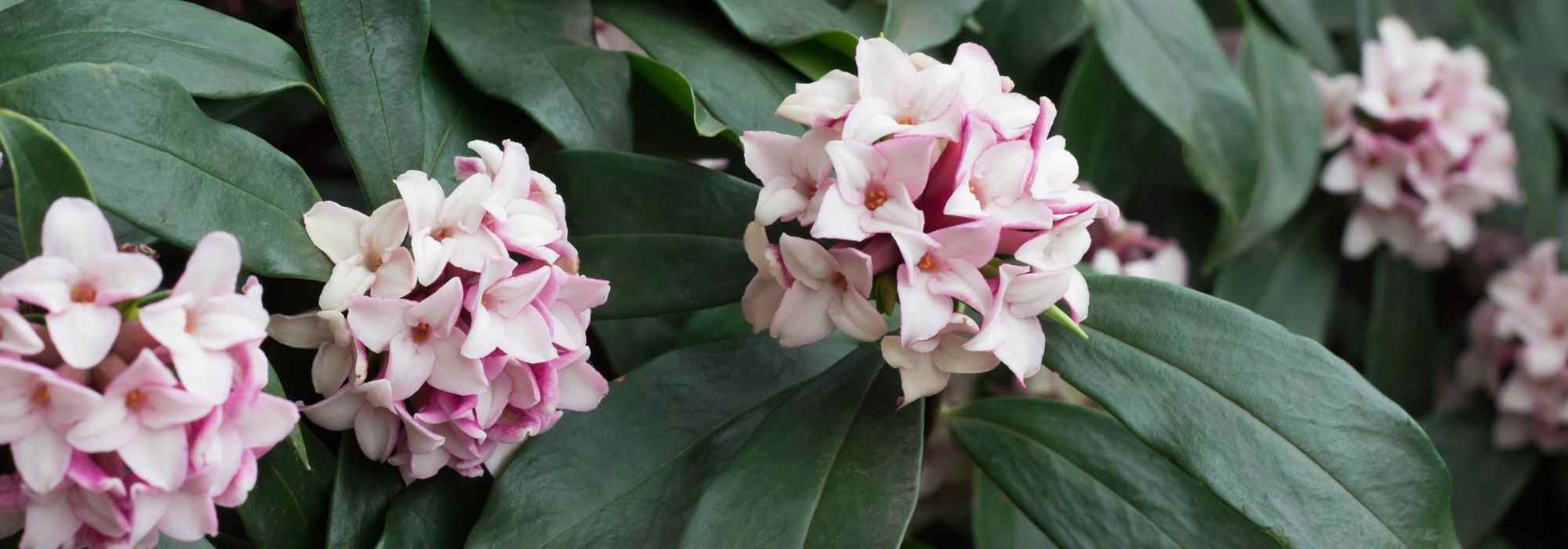
Choosing your Daphne: buyer's guide
Which Daphne for my garden?
Contents
Daphne, also called Bois-gentil or Bois-joli, are irresistible bushes, known above all for their highly fragrant flowering. That is not to mention their other qualities, which allow, by selecting those that suit and charm us, to fully enjoy this bush, whether grown in ground in garden or in a pot on a terrace. Flowering period, preferred exposure, soil type, dimensions, colour of flowering or foliage, hardiness. In this guide, I detail each of these criteria to help you make your choice. Because there is bound to be a Daphne for you!
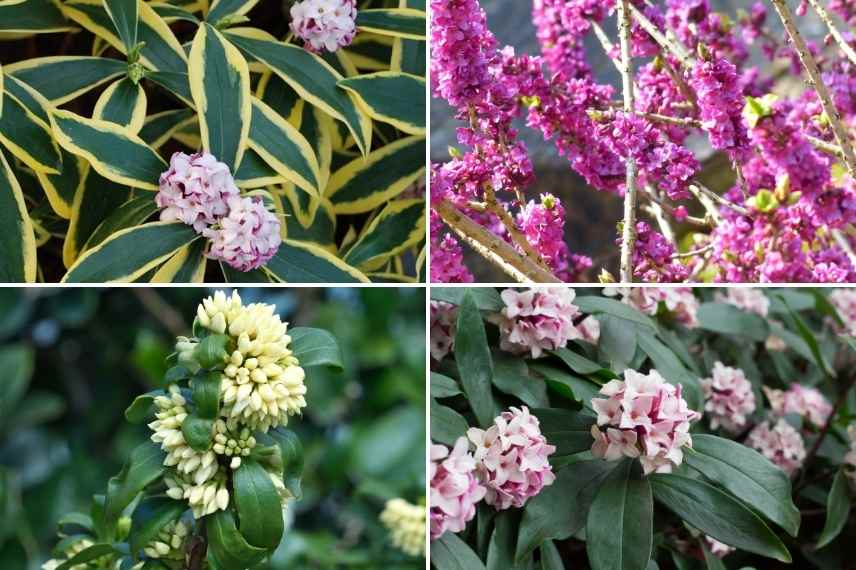
Variety of foliage and flowering in Daphne
→ Learn more with our complete fact sheet on Daphne
By flowering period
Daphnes are renowned for their pretty trumpet-shaped flowering, which occurs in many species mostly in winter or in very early spring. After this period, if you wish to combine them with other flowers, know that there are Daphnes with late flowering, even perpetual, thus offering several waves of flowers, sometimes even until November in milder regions.
Earliest Daphnes (winter flowering)
Their flowers open in mid-winter, and can appear from early January (at time of writing this article, in early December, I even observed, for the first time so early, a flower in bloom on Daphne ‘Rogbret’!). This includes Daphne odora (and its cultivars), Daphne mezereum ‘Rubra’, or the very early Daphne ‘Perfume Princess’ and ‘Spring Beauty’. This earliness is much appreciated by gardeners who want to keep interest in their garden, even in winter!
Daphnes with longest flowering
Flowering of ‘winter Daphnes’ is generally fairly long, but some later varieties can be enjoyed for longer, even offering several waves of flowering.
Thus, both varieties ‘Pink Fragrance’ and ‘Eternal Fragrance’ begin to flower from March or April, and produce several series of flowers until first frosts. Although not perpetual, Daphne ‘Sweet Amethyst’ and ‘Maejima’ show a flowering period that can last nearly six weeks, from as early as February or March. Daphne gemmata ‘Royal Crown’ can also offer a second flowering in late summer. This advantage can be used to create very different planting schemes from one season to the next, while remaining equally attractive.
Jean-Christophe’s tip: Make the most of these flowering periods to create, as you prefer, colourful winter displays (in combination with Cornus with decorative wood, Hellebores, Heathers and Carex for example) or to accompany perpetual varieties with different flowers through the seasons.
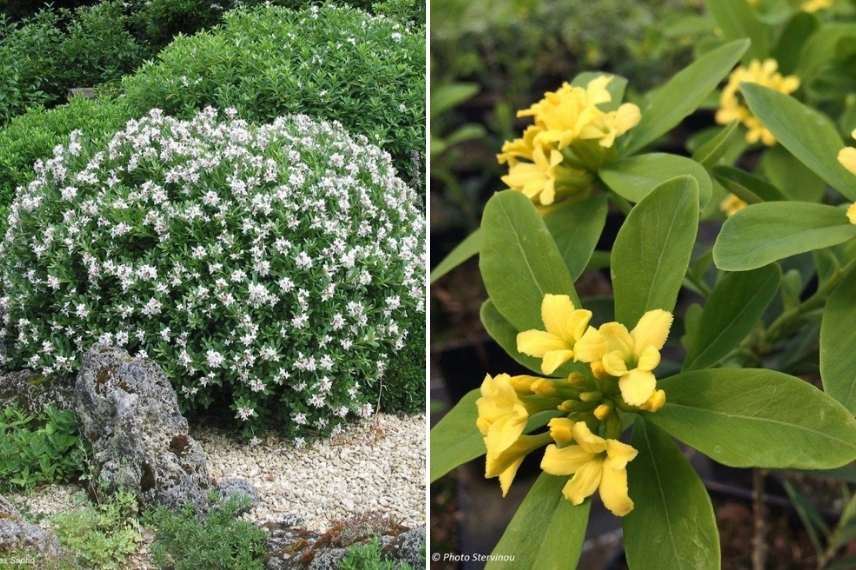
Daphne ‘Eternal Fragrance’ and Daphne gemmata ‘Royal Crown’ perpetual in late summer
Read also
Daphne: how to care for it?Depending on exposure
Daphnes are generally shade or semi-shade bushes, which makes them valuable in woodland borders. They benefit from dappled light in summer, but once their taller neighbours have shed their leaves, they bask in light all winter. However, there are varieties that tolerate brighter situations, even full sun.
Daphnes for shade and semi-shade
One species that grows particularly well in low-light conditions is Daphne odora. Flowering in winter, it tolerates shady positions, and can show good drought tolerance, even under trees. Other varieties, such as Perfume Princess, Spring Beauty or Daphne laureola ‘Philippi’ can also be suitable, but place them so they receive a few hours of sun at the beginning or end of the day.
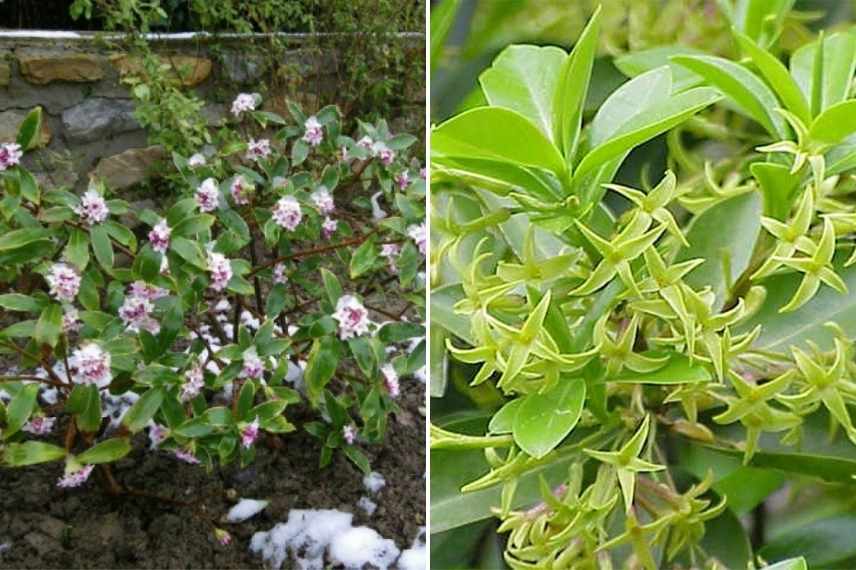
Daphne odora is ideal in shaded situations; on the right, Daphne laureola ‘Philippi’, with yellow-green flowers
Daphnes that tolerate sun best
While semi-shade remains the safest exposure for most Daphnes, some varieties stand out and can be placed in sun, provided it is not scorching and the soil stays cool. This is the case, notably, for ‘Pink Frangrance’ and ‘Eternal Fragrance’, two varieties with perpetual flowering, as well as Daphne cneorum, the family’s groundcover. Daphne gemmata ‘Royal Crown’, with its yellow flowering, also thrives better in sun. Also worth mentioning is Daphne mezereum ‘Rubrum’, an early and highly scented variety.
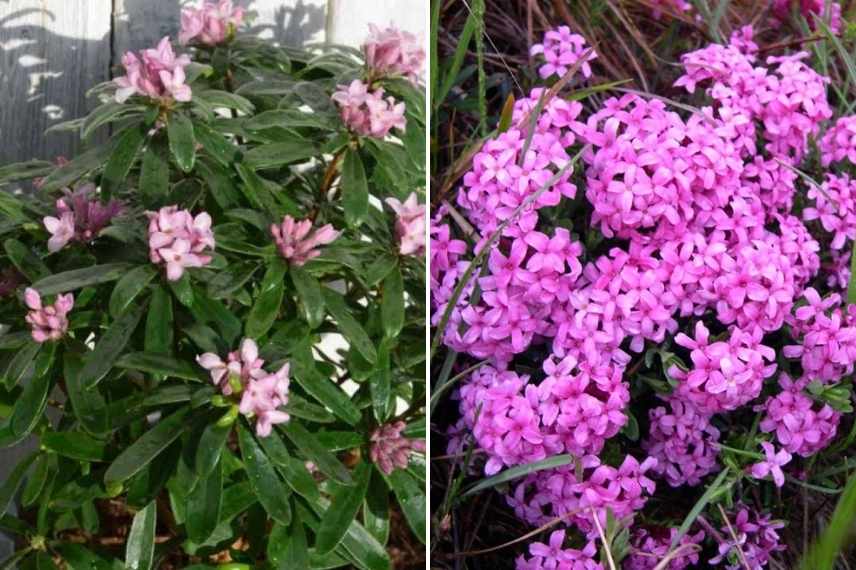
Among varieties that tolerate sun particularly well: Daphne ‘Pink Frangrance’ and Daphne cneorum
Jean-Christophe’s tip: Sun exposure can vary from region to region. Thus full sun in Brittany is generally less scorching than in Garonne valley or around Mediterranean coast. A well-chosen exposure should also take this into account. Also consider winds, cold in winter, sometimes very hot in summer, always drying.
Discover other Daphne
View all →Available in 0 sizes
Available in 2 sizes
Available in 1 sizes
Available in 1 sizes
Available in 1 sizes
Available in 1 sizes
Available in 3 sizes
Available in 1 sizes
Available in 2 sizes
Available in 1 sizes
Depending on soil
- Behind this superb little bush, however, lies a soil requirement that places Daphne above all in neutral or acidic soils, even clayey so long as they remain well drained. Once established, they can withstand periods of drought and some grow very well near trees, such as the superb variegated variety ‘Rogbret’.
- Gardeners on calcareous ground need not worry, however! They will find suitable choices among Daphne gemmata ‘Royal Crown’, Daphne laureola ‘Philippi ‘ or the groundcover Daphne cneorum, which are not put off by alkaline soils. The first two even tolerate somewhat sandy, relatively dry soil.

Daphne laureola ‘Philippi‘, Daphne cneorum and Daphne gemmata ‘Royal Crown’ tolerate calcareous soil
Jean-Christophe’s advice: Gardener should always start by analysing their soil, to determine its nature and pH (some plants refuse to grow in very calcareous soils, for example). Even though amending is always possible, it remains difficult to effect real change. Best to select plant suited to soil.
Read also
Daphne: planting, growing and careDepending on its pruning
The smallest Daphnes, perfect in a pot
If your garden does not meet required soil or exposure conditions, or if you garden on a terrace or balcony, it is possible to grow Daphne in a pot. Choose a suitably sized container (50 cm in every direction is a good average), use an appropriate substrate, and check moisture level regularly. Both overwatering and underwatering can harm the health of your bush. If all conditions are met, all that’s left is to select varieties with modest growth, such as Daphne gemmata ‘Royal Crown’ (50 cm in every direction), or Daphne laureola ‘Philipii’ (60 cm x 40 cm). Daphne cneorum remains low (30 cm), but it adopts a creeping habit and can therefore spread to 1.5 m. Perfect on an edge, its culture in a container must take this characteristic into account.
One could also mention Daphne alpina, Daphne sericea, Daphne arbuscula or Daphne jasminea, all considered dwarf varieties, and in any case, all Daphnes can be grown in a pot.
→ Find out more in our advice sheet: Grow a Daphne in a pot
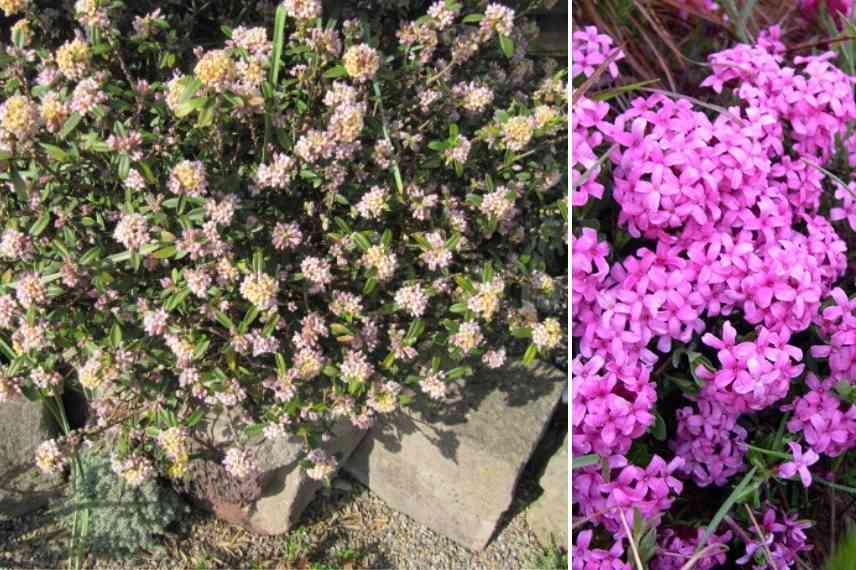
Daphne sericea (Photo: L. Enking) and Daphne cneorum
The larger Daphne varieties
Daphnes are small bushes, and their growth is rather slow. While average height is around 1 m to 1.2 m (particularly among species odora), Daphne ‘Spring Beauty’ has a more upright habit and can reach 2.5 m, with a spread of 1.5 m, though it can just as easily be grown in a container as other species.
Jean-Christophe’s tip: Daphne is a bush for lazy or contemplative gardeners. Its small size and slow growth come with a complete lack of care and pruning. You watch it grow… and you enjoy it! Isn’t life with Daphne wonderful?
Depending on the colour of the flowers
Star-shaped flowers of Daphne are small but abundant, and they are declinate into 3 main colours :
- Bright pink flower buds of Daphne odora (and most of its cultivars) open into flowers of a pale, delicate pink, as with ‘Perfume Princess’ and ‘Spring Beauty’.
- With Daphne burkwoodii ‘Somerset’, the buds, a paler pink, produce corollas of a pretty dragee pink, while those of Daphne mezereum ‘Rubra’ and Daphne cneorum take on a deeper pink, even purplish hue. Daphne ‘Sweet Amethyst’ is, for its part, more violaceous.
- Originality is found in Daphne gemmata ‘Royal Crown’ (with soft yellow flowers) and Daphne laureola ‘Philippi’, whose more slender flowers display an acid yellow tinged with green.
Finally, note that the two perpetual varieties, ‘Eternal Fragance’ and ‘Pink Fragrance’, are distinguished by the colour of their flowers, pinkish white for the first, pink for the second.
Depending on its foliage
When thinking of Daphnes, it is invariably their sublime scent that comes to mind. Yet, their foliage offers an interesting diversity, whether deciduous or evergreen, uniformly coloured or highlighted by bright variegation.
Deciduous or evergreen Daphnes?
- Some Daphnes retain their foliage all year round almost systematically, such as groundcover Daphne cneorum, or Daphne laureola ‘Philippi’.
- Daphne odora (and its cultivars), Daphne gemmata ‘Royal Crown’, Daphne burkwoodii ‘Somerset’, as well as Daphne ‘Perfume Princess’, Daphne ‘Spring Beauty’ and the two perpetual Daphnes ‘Eternal Fragrance’ and ‘Pink Fragrance’, retain evergreen foliage only in the mildest regions. In colder climates they may show a semi-evergreen to deciduous character.
- Finally, one species is decidedly deciduous, such as Daphne mezerum ‘Rubra’, which then puts its flowers centre stage, little colourful, scented jewels that stand out on naked wood.
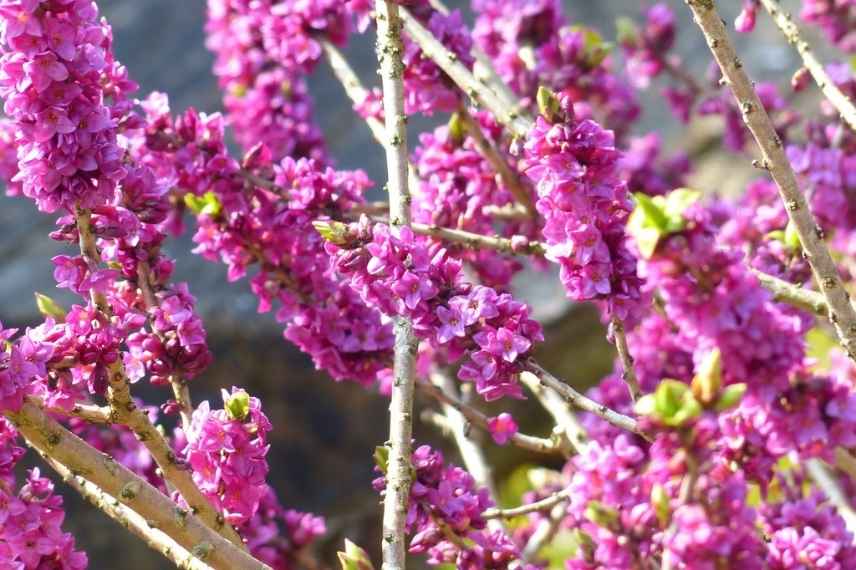
Daphne Mezerum, with deciduous foliage, and superb inflorescences
Solid or variegated foliage?
- Green is the dominant colour in Daphne foliage. Often thick and glossy, it can be particularly pale and bright (‘Sweet Amethyst’, ‘Royal Crown’…), darker (Daphne odora, ‘Somerset’, ‘Perfume Princess’…), or show glaucous reflections (‘Philippi’, Daphne mezerum).
- Among variegated Daphnes, varieties such as ‘Rogbret’ or ‘Maejima’ have developed wide yellow margins that surround each leaf and contrast beautifully with deep green of lamina. They light up a slightly shaded corner of garden wonderfully. For those who like bicoloured foliage, they can be said to be an improvement on Daphne ‘Aureomarginata’, whose variegation is much more discreet.
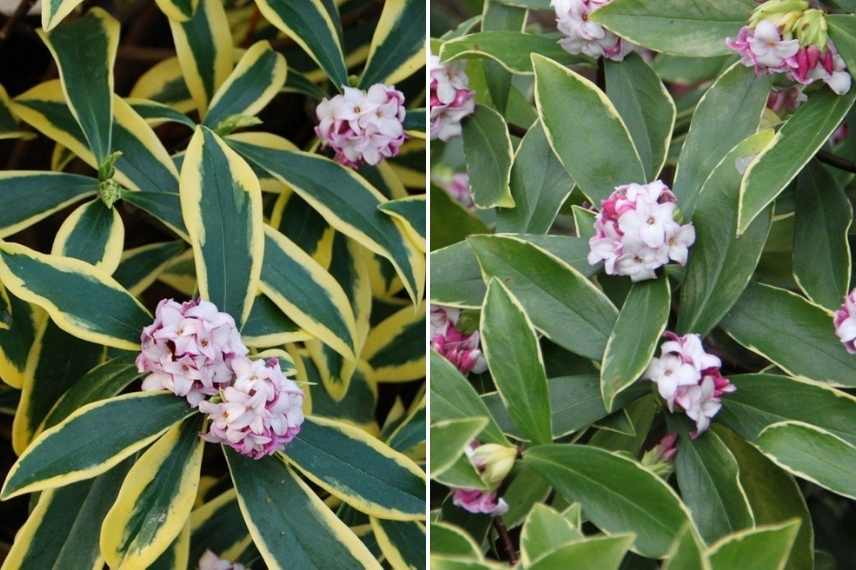
Among superb variegated foliage: Daphne odora Marianni ‘Rogbret’ and Daphne odora aureomarginata
Jean-Christophe’s tip: Variegated foliage throws genuine spots of light into dark corners. Take care not to overdo it, else it can tire the eye. Consider interspersing other plants with uniform foliage (by playing with shades, shapes and textures, for example) to tie everything together.
Hardiness of Daphnes
Daphnes are not exceptionally hardy, but they can nevertheless withstand frosts of around −7°C to −10°C for short periods. Growing conditions have a strong impact on their ability to resist cold, and when planted correctly, some can cope with −15°C, or even lower. The hardiest are found among the montane Daphne cneorum, Daphne mezereum var. rubra and Daphne laureola ‘Philipii’. Temperatures also play an important role in the evergreen or more deciduous behaviour of certain species. The same variety may therefore perfectly retain its foliage under a mild oceanic climate, and lose it under a more severe continental climate.
Jean-Christophe’s tip: A brief, superficial frost followed by milder days is generally harmless for somewhat tender plants. If it persists, especially in waterlogged soil, root asphyxiation is to be feared… and the death of the bush. Wind also increases perceived cold, for our plants as for us.
Daphne fragrance
Ranking Daphne by fragrance is mission impossible! All are scented, and scent perception can vary considerably from person to person. Fragrant Wood-jolis, however, as their name suggests, are benchmarks when it comes to fragrance. Daphne odora, ‘Aureomarginata’, ‘Rogbret’, ‘Maejima’ or ‘Sweet Amethyst’ literally perfume a whole part of the garden, extending to more than 10 m around the bush, especially in milder, more humid weather. Deciduous Dahpne mezereum ‘Rubra’ also releases a powerful scent, almost heady for some.
In any case, place your Wood-gentle near the house or a well-trafficked spot, so you can enjoy ornamental display of its flowers while being intoxicated by its fragrance!
Jean-Christophe’s tip: To better enjoy Daphne fragrance, plant them in somewhat sheltered spots that, in a way, trap the scent to make it denser and therefore more perceptible. Again, in exposed, windy positions the scents will be dispersed before you can appreciate them.
- Subscribe!
- Contents
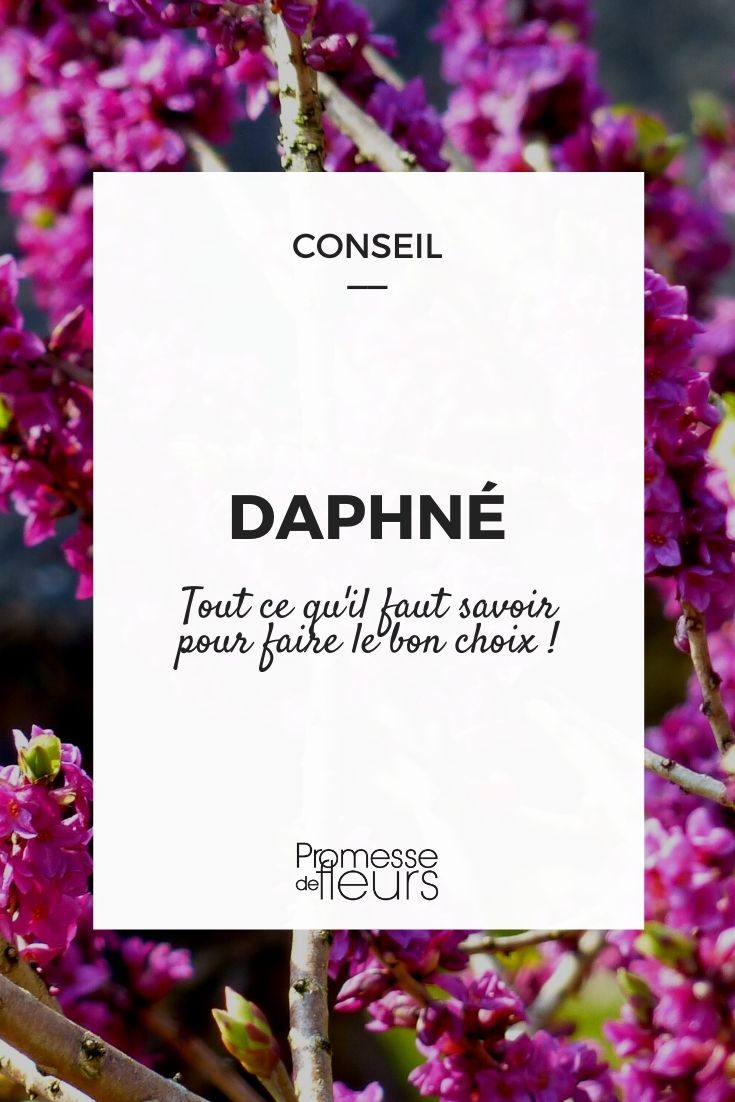































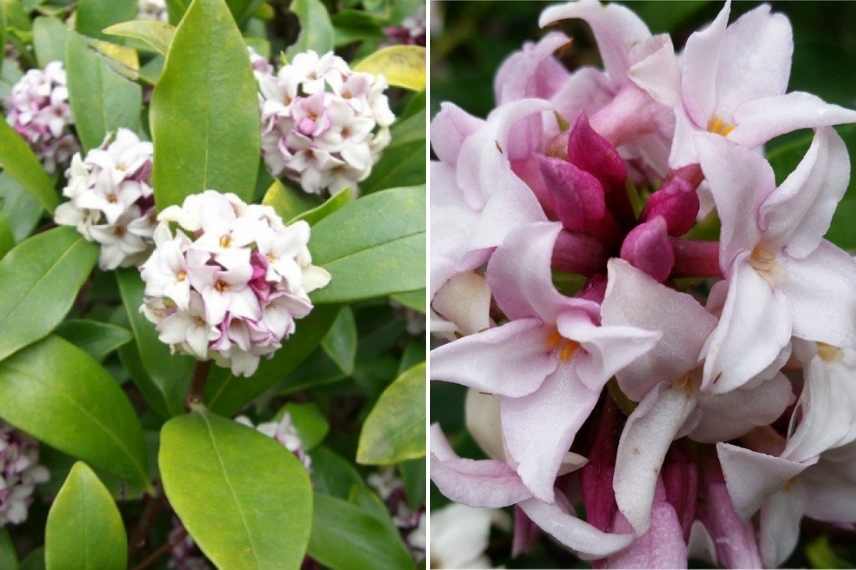

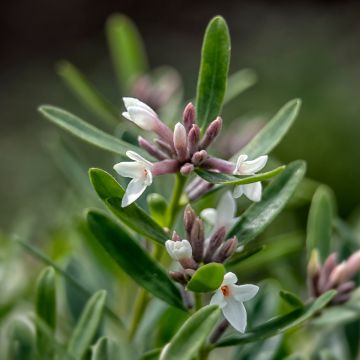
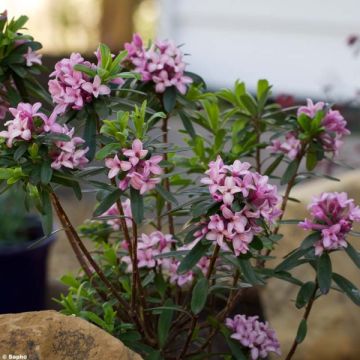
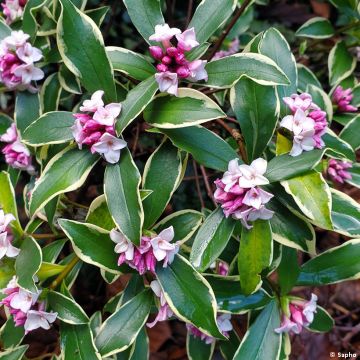
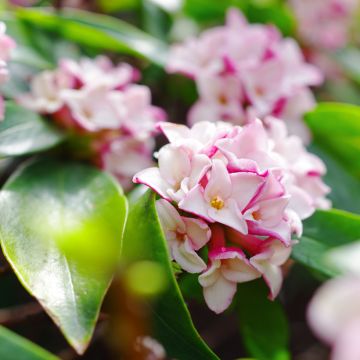
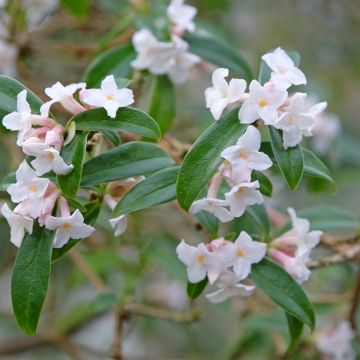
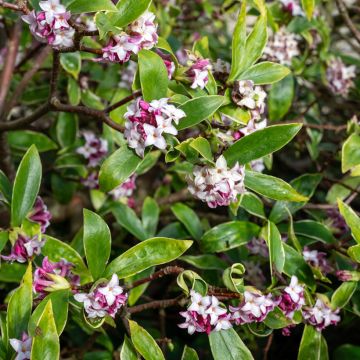

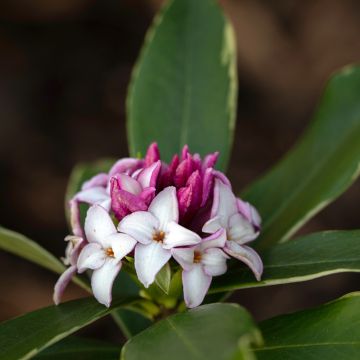
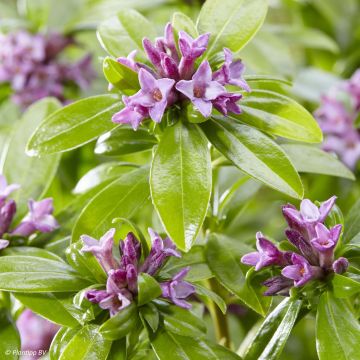
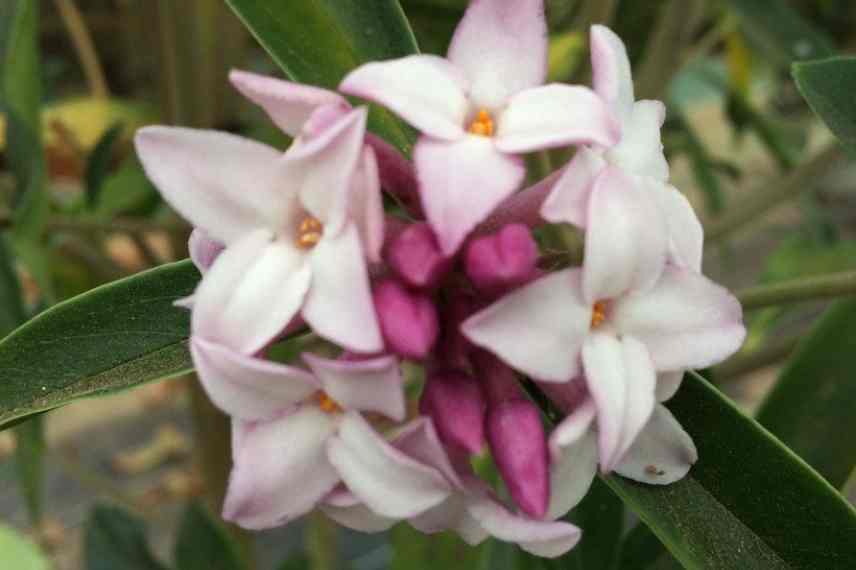
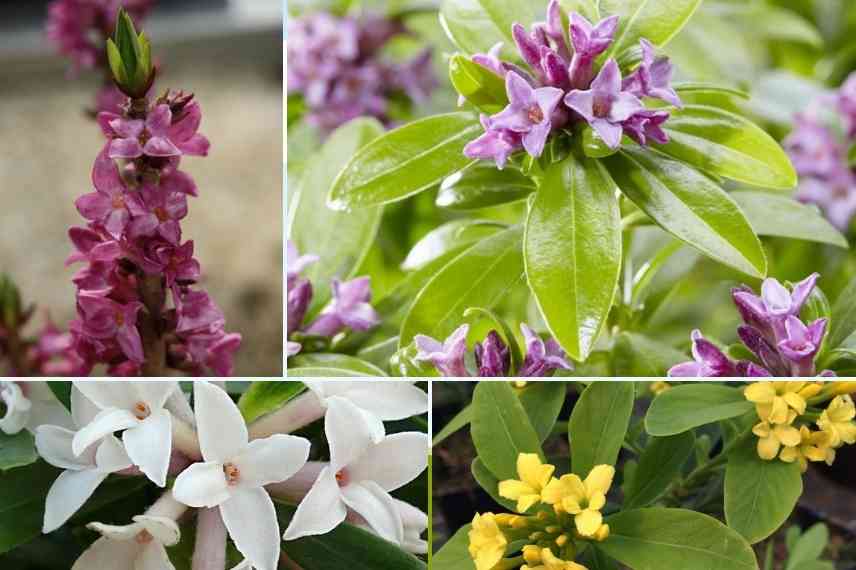
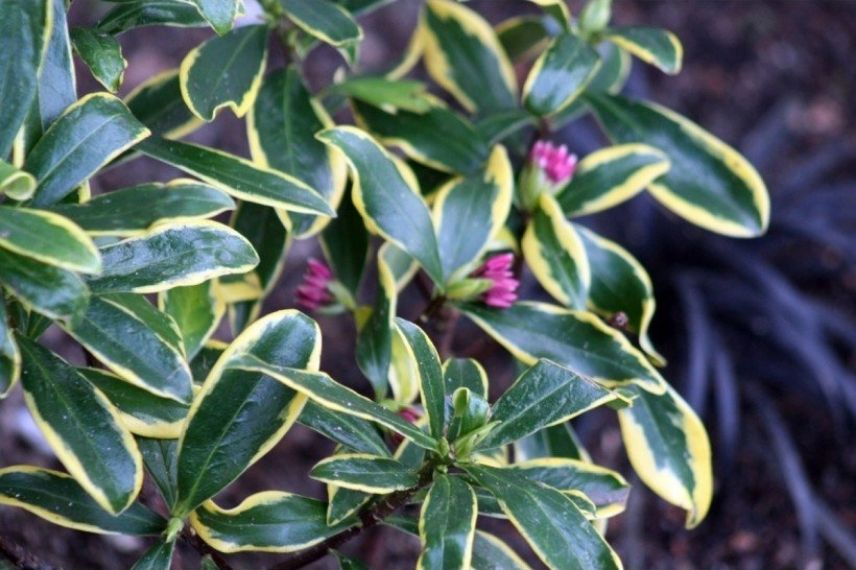
Comments